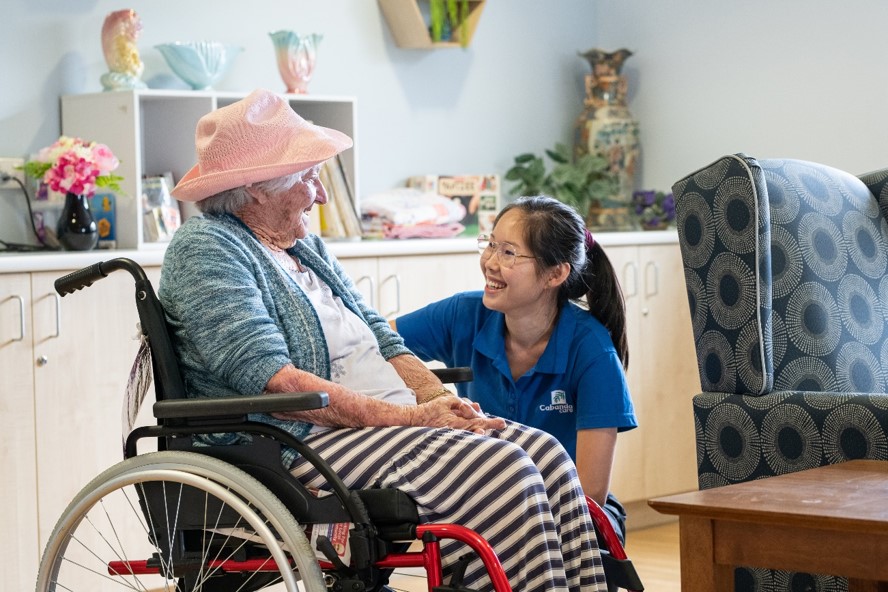Cabanda Care and Rauland Australia Partner To Deliver Quality Medical Care in a Home-Like Environment

As residential aged care living shifts towards a more ‘home-like’ rather than ‘facility-like’ feel, some remnants from the days of institutionalised care.
However, balancing the requirement for high quality medical care with a relaxed and comfortable home environment can be a challenge for providers.
Quiet Environment Project
In an aged care facility, excessive noise can be an issue, but in a home, it is usually a lot more quiet and peaceful. For Cabanda Care operating in the small town of Rosewood in Queensland, reducing excessive noise while continuing to be able to respond to care needs quickly, was an important goal not just for the residents, but also for the staff who were experiencing ‘alarm fatigue’.
Implementing Rauland’s Responder nurse call and clinical workflow system, the first stage of their Quiet Environment Project was to turn off annunciators and supply mobile handsets for all care staff, which improved response times and communication between residents, families and carers. They also tailored the nurse call programming to ensure carers received only the events related to the residents in their care.
Secondly, they removed passive infrared (PIR) sensors (which detect heat energy in the surrounding environment) and replaced them with wireless bed and chair mats to reduce false alarms. The outcome of this meant fewer false alarms, and faster response to real fall alerts.
Study shows success
A before and after study was conducted on one month of data. On average there were 271 audible alarms per day in the before period. After the introduction of the Quiet Environment Project, the total alarm noise decreased from 20.3 hours a day before to 3.7 hours.
There was a 31 per cent reduction in response times to resident calls from 4.30 minutes before to 3.07 minutes. The proportion of calls that had response times that were over 10 minutes decreased from 14 per cent before to 6 per cent in the after period.
Staff reported that it is easier to locate each other with the mobile devices, releasing more time to care. The new model of care also facilitates greater staff accountability.
This improved service delivery and improved environment is important for residents and their families, and shows how changes at the grass roots level of care can have a big impact for everyone.
Value of specialised support
The Quiet Environment Project and its positive outcomes demonstrate the value of leaning on the know-how of external expertise. For Cabanda Care, the suite of solutions delivered by Rauland Australia meant they could achieve their goals, with expert support and minimum fuss.
Recognised by industry
Cabanda Care and Rauland Australia were recognised as a finalist in the Increasing Access to Care and Services Category in the 2021 innovAGEING National Awards.
